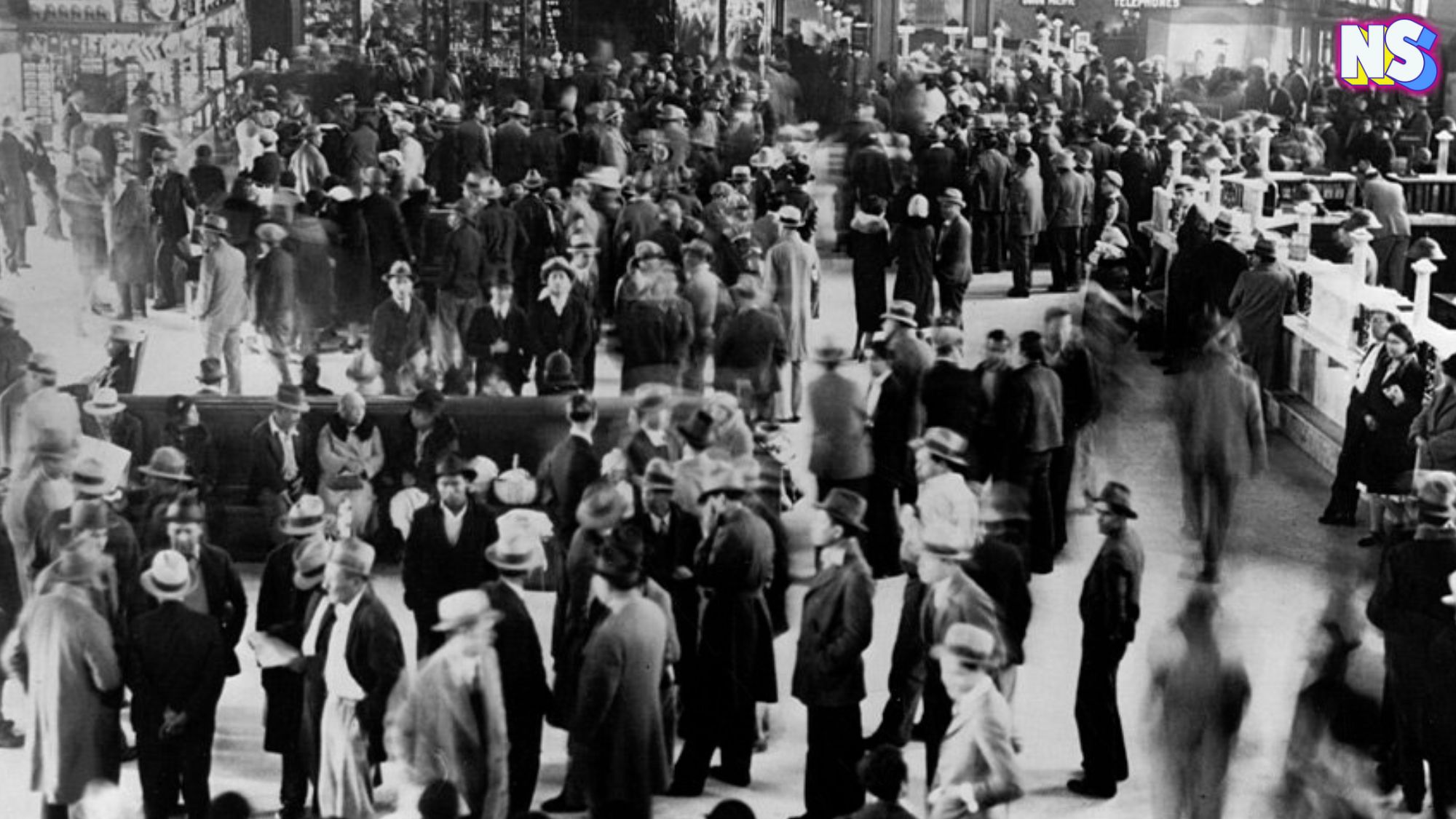With the countdown to New Year’s Eve ticking away, I caught up with my Peruvian friend, Christian, to uncover his country’s unique holiday traditions.
Curious about his plans for the upcoming festivities, I delved into a casual, nonchalant conversation about his family's celebratory customs.
How was I supposed to know Peru had the most unique, and somewhat strange, traditions in Latin America? No one told me. Not even Christian.
Eager to unravel the allure of Peruvian holiday traditions, I started slowly asking the basics: “Do you have a Noche Buena like we do, on December 24?”
"We call it Navidad," Christian explains, divulging that their version of the Christmas Eve celebration is a truly nocturnal affair.
Rather than dining at the customary dinnertime, his family defers the feast until the clock strikes midnight. This pivotal moment heralds the commencement of their festivities — indulging in a spread of traditional delights, opening presents, and revealing until dawn breaks.
Even the kids are allowed to stay up. But they usually can’t because of all of the excitement, he says.
I asked about the food. We have lechon, or roasted pig, white rice, and black beans.
“We usually make a turkey or just chicken,” he says, getting really excited about the dessert part. “We always have panetón. Y chocolatadas.”
I’ve recently learned about the customary panetón, or pan dulce, which is an Italian fruitcake with a Peruvian twist. But the exclusive delicacy of Peruvian hot chocolate-like dessert drink, known as a chocolatada, is new to me.
Christian tells me that, unlike its winter North American counterpart, the chocolatada is reserved exclusively for Christmas Eve and New Year’s Eve, as a sweet note to their celebrations.
Eager to uncover more, I inquire about New Year’s Eve rituals.
"Do you eat the 12 grapes at midnight too? You know, with each grape signifying each month of the year? For good luck?" I inquire, keen on discovering the similarities between our customs.
"Yeah. We drink champagne, eat 12 grapes, make dolls to burn, and do fireworks," Christian casually shares.
Caught off guard, I seek clarification on the “dolls to burn” part, hoping things mean something different in South American Spanish. Or maybe my ears have misled me.
"You burn dolls?"
"Yes. My cousins and I usually craft, and then set ablaze, these life-sized dolls," he responds matter-of-factly.
I slipped away and conducted a quick Google search, which revealed the unexpected. Christian’s annual tradition is not just a ritual amongst cousins. It’s a countrywide affair.
This is when I knew that there was way more to find out about New Year’s Eve in Peru.
Where Tradition Meets Unique Customs
“In Peru, people are generally more connected with the spiritual, the mystic and the superstitious than people in the US or Europe – and they do believe in miracles!” The EnigmaPeru site explains.
Again, I turned to Christian for details. I gave him a list of the top 15 Peruvian New Year’s traditions I found online, from YouTube videos to travel websites. There’s no way walking around the neighborhood with an empty suitcase could be true.
“It is,” Christian told me, probably bored with my questions by now. I mean, who doesn’t know about packing up an empty suitcase on New Year's for good luck, right?
“On New Year’s Eve, there are people who go out with their travel bags in hopes of having a trip during the New Year,” he explains.
I once again turn to the World Wide Web for answers. And there it is from EnigmaPeru: “ around the block with an empty suitcase, briefcase or backpack means to travel or have good luck traveling in the year to come.”
What about the doll burning? Christian says it takes a couple of hours to put stuff some old clothes and make a head and a drawn face, to turn around and burn at midnight. But why?
“ signifies getting rid of the old and making a new start … particularly if these dolls are made to look like Peruvian politicians or other figures who are considered to have done the country wrong,” EnigmaPeru writes.
Christian says it's something like that.
“I remember that people made dolls to burn of Alan Garcia, the ex-president,” Christian says. “I don’t know who invented the tradition, though.”
Would he be teaching his tween daughter this Peruvian tradition here, in the States, I wondered? As if he read my mind, he answered my question.
“I probably won’t do it here. I don’t think burning a doll with the president’s face is even allowed in this country,” he explains.
Makes sense.
Some traditions are best left within their cultural boundaries.





